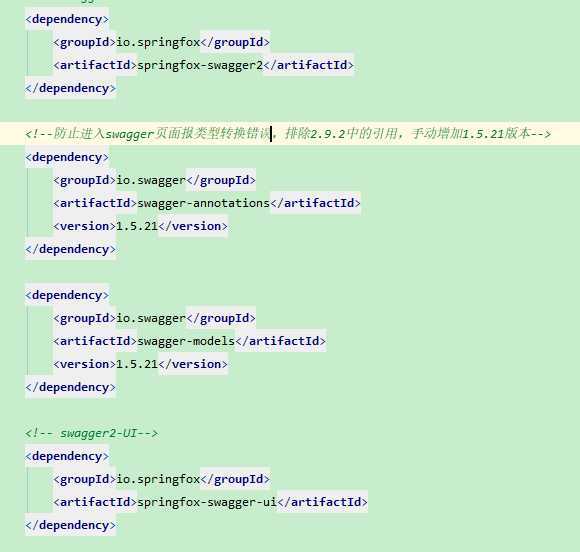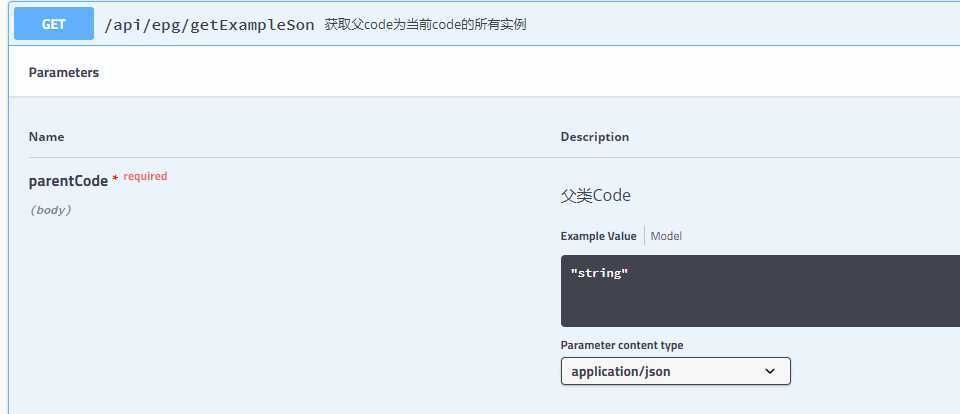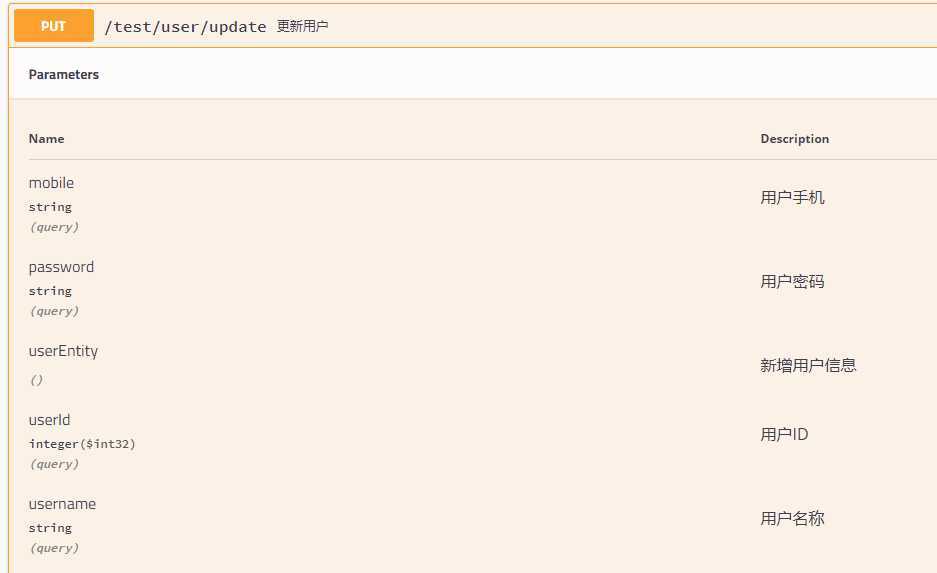
@EnableSwagger2 @SpringBootApplication(exclude = {DataSourceAutoConfiguration.class}) public class EpgLanucherApplication { public static void main(String[] args) { //System.setProperty("spring.devtools.restart.enabled", "false"); SpringApplication.run(EpgLanucherApplication.class, args); System.out.println("(♥???)?? 门户后台管理系统启动成功 ?(´?`?)? "); } }
@Api(value="xx",tags="2xx"), value是当前controller的描述, tags也可以作为描述, 也可以把controller分为几组.
@Api(tags = {"对外接口-controller","对内接口-controller"})
@Controller
@RequestMapping("/api/epg")
效果:

等同于告诉Swagger这个方法的作用描述
效果同上图的方法描述
name 参数名称
value 参数描述
required 是否必填
dataType 参数数据类型
paramType 参数类型
@ApiOperation("获取用户详细")
@ApiImplicitParam(name = "userId", value = "用户ID", required = true, dataType = "int", paramType = "path")
@GetMapping("/{userId}")
public AjaxResult getUser(@PathVariable Integer userId) {
if (!users.isEmpty() && users.containsKey(userId)) {
return AjaxResult.success(users.get(userId));
} else {
return error("用户不存在");
}
}
效果?

name 这个参数名称是什么, 一般不填写. 默认就是参数名称
value 请求参数的描述信息
required 请求参数为必填项
@ApiOperation(value = "获取父code为当前code的所有实例")
@GetMapping("/getExampleSon")
@ResponseBody
public String getExampleSon(@ApiParam(value = "父类Code",required = true ) String parentCode){
return epgService.getExampleByRedis(parentCode);
}
效果?

ApiModel 表示对类作为说明,用于参数为实体类接收.
ApiModeProperty 用于对象的方法字段的描述.
name 表示字段名,一般不写
value 表示字段的说明
required 请求参数为必填项
hidden 表示字段是否隐藏
@ApiModel("用户实体")
class UserEntity {
@ApiModelProperty("用户ID")
private Integer userId;
@ApiModelProperty("用户名称")
private String username;
@ApiModelProperty("用户密码")
private String password;
@ApiModelProperty("用户手机")
private String mobile;
效果?

暂时先记录这么多, 之后用到别的再新增.
原文:https://www.cnblogs.com/shansm/p/12924749.html